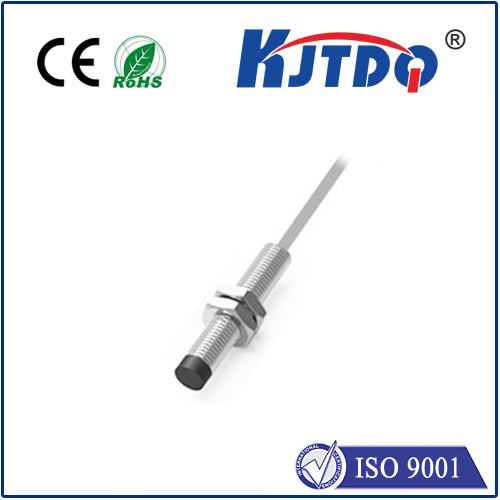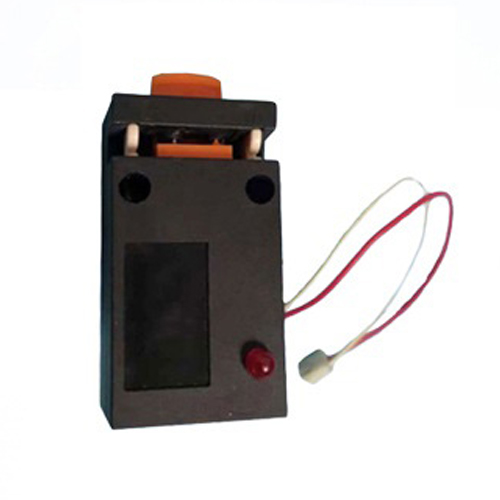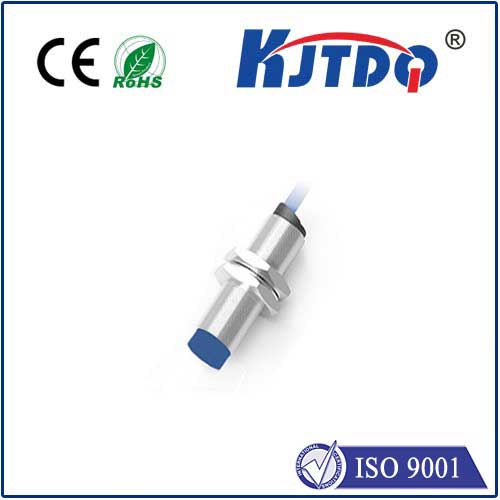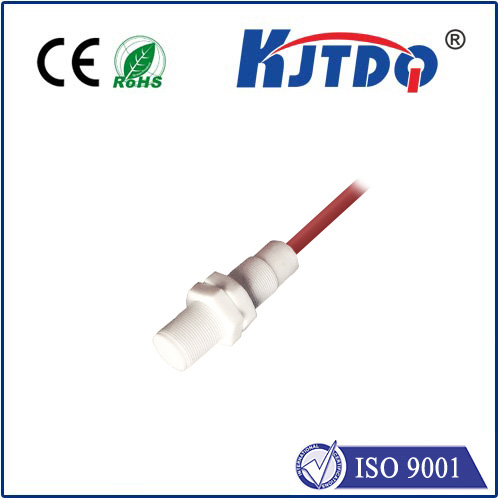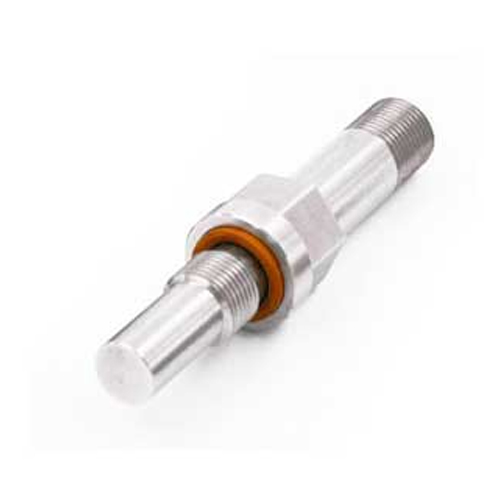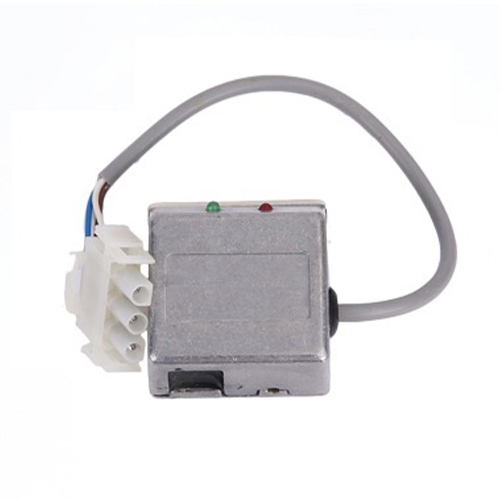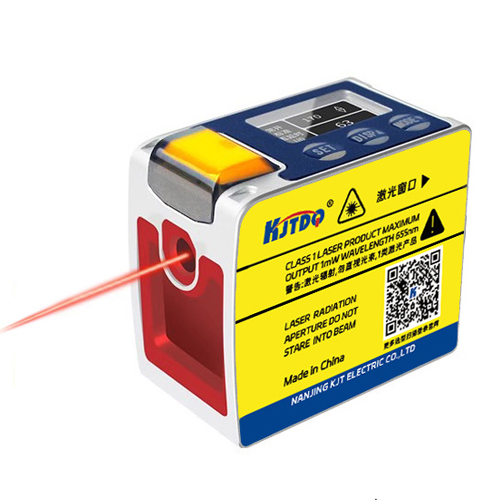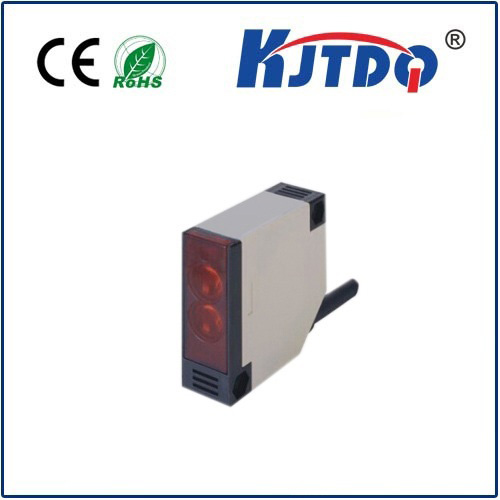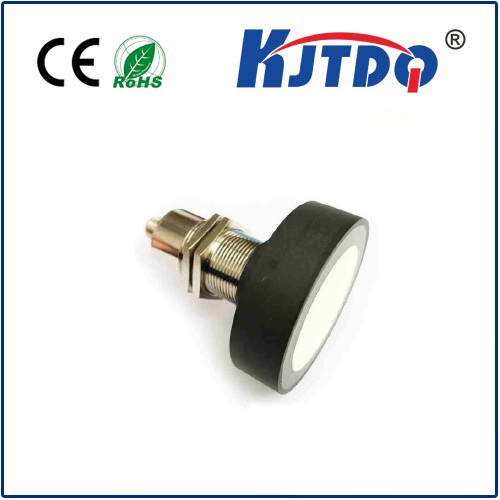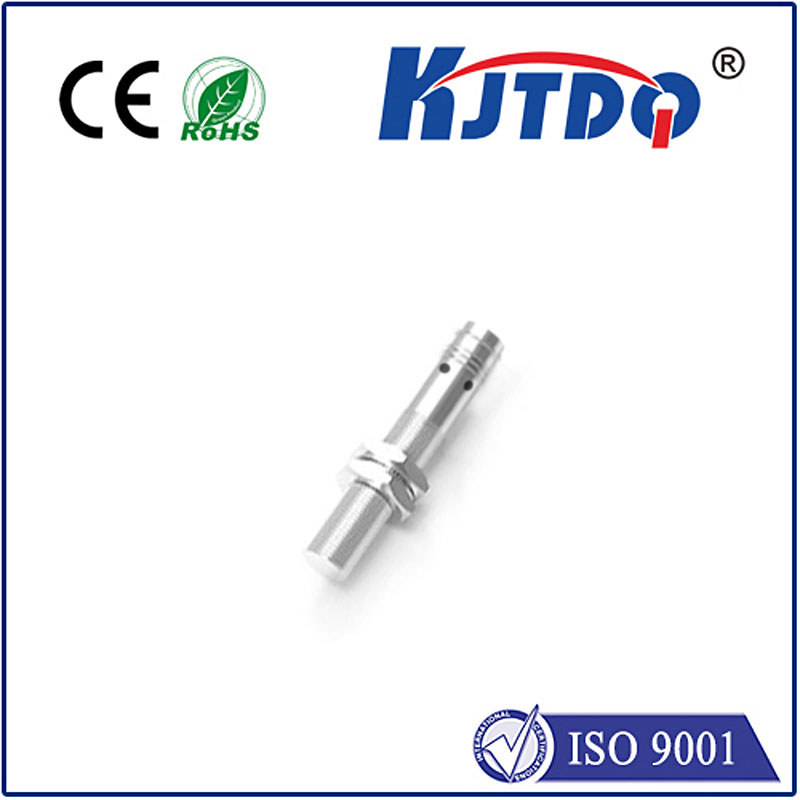
Проверка

Проверка

Проверка

Проверка

Проверка

Проверка
Magnetic Speed Sensors: The Invisible Force Driving Modern Automation In an era where precision and reliability define technological progress, magnetic speed sensors have emerged as unsung heroes in industries ranging from automotive engineering to renewable energy. These compact devices, which harness the principles of magnetism to measure rotational or linear speed, are quietly revolutionizing how machines communicate, optimize performance, and ensure safety. Whether it’s your car’s anti-lock braking system (ABS) or a wind turbine adjusting to fluctuating wind speeds, magnetic speed sensors play a pivotal role. This article explores how these sensors work, their diverse applications, and why they’re becoming indispensable in our increasingly automated world.
At their core, magnetic speed sensors operate by detecting changes in magnetic fields. Most designs rely on the Hall effect—a phenomenon where a voltage difference is created across an electrical conductor when exposed to a magnetic field. When a ferromagnetic target (like a gear tooth or encoder wheel) passes near the sensor, it disrupts the magnetic field, generating a measurable signal. This signal is then converted into speed or position data, providing real-time feedback to control systems. Another common variant uses variable reluctance (VR) technology. Here, a coil wrapped around a magnet generates a voltage pulse as a ferrous object moves past, with the pulse frequency corresponding to the target’s speed. While Hall-effect sensors excel in low-speed applications, VR sensors thrive in high-speed environments like aircraft engines.

1. Automotive Systems From ABS to transmission control, magnetic speed sensors are integral to modern vehicles. For instance, they monitor wheel speed to prevent skidding during sudden braking and ensure smooth gear shifts in automatic transmissions. Electric vehicles (EVs) also rely on these sensors to track motor RPM, optimizing efficiency and battery life. 2. Промышленная автоматизация In manufacturing, magnetic sensors monitor conveyor belt speeds, robotic arm movements, and motor performance. Their rugged design makes them ideal for harsh environments contaminated with dust, moisture, or extreme temperatures. 3. Renewable Energy Wind turbines use magnetic speed sensors to measure blade rotation and adjust pitch angles for maximum energy capture. Similarly, solar tracking systems employ these sensors to align panels with the sun’s movement. 4. Consumer Electronics Even everyday devices like washing machines and drones utilize magnetic sensors. In smartphones, they enable features like compass navigation and screen rotation.
Compared to optical or mechanical sensors, magnetic speed sensors offer distinct advantages:
As industries demand smarter and faster systems, magnetic speed sensor technology is evolving rapidly:
While magnetic sensors are robust, their performance depends on proper installation and environmental factors. For example, strong external magnets or electromagnetic interference (EMI) can distort readings. Engineers must also select the right sensor type—Hall-effect vs. VR—based on speed range and target material.
From streamlining factory workflows to enhancing vehicle safety, magnetic speed sensors are a cornerstone of modern engineering. Their blend of simplicity, resilience, and adaptability ensures they’ll remain critical as automation advances. As industries push for greater efficiency and connectivity, these sensors will continue to evolve—proving that even the smallest components can drive monumental change.
